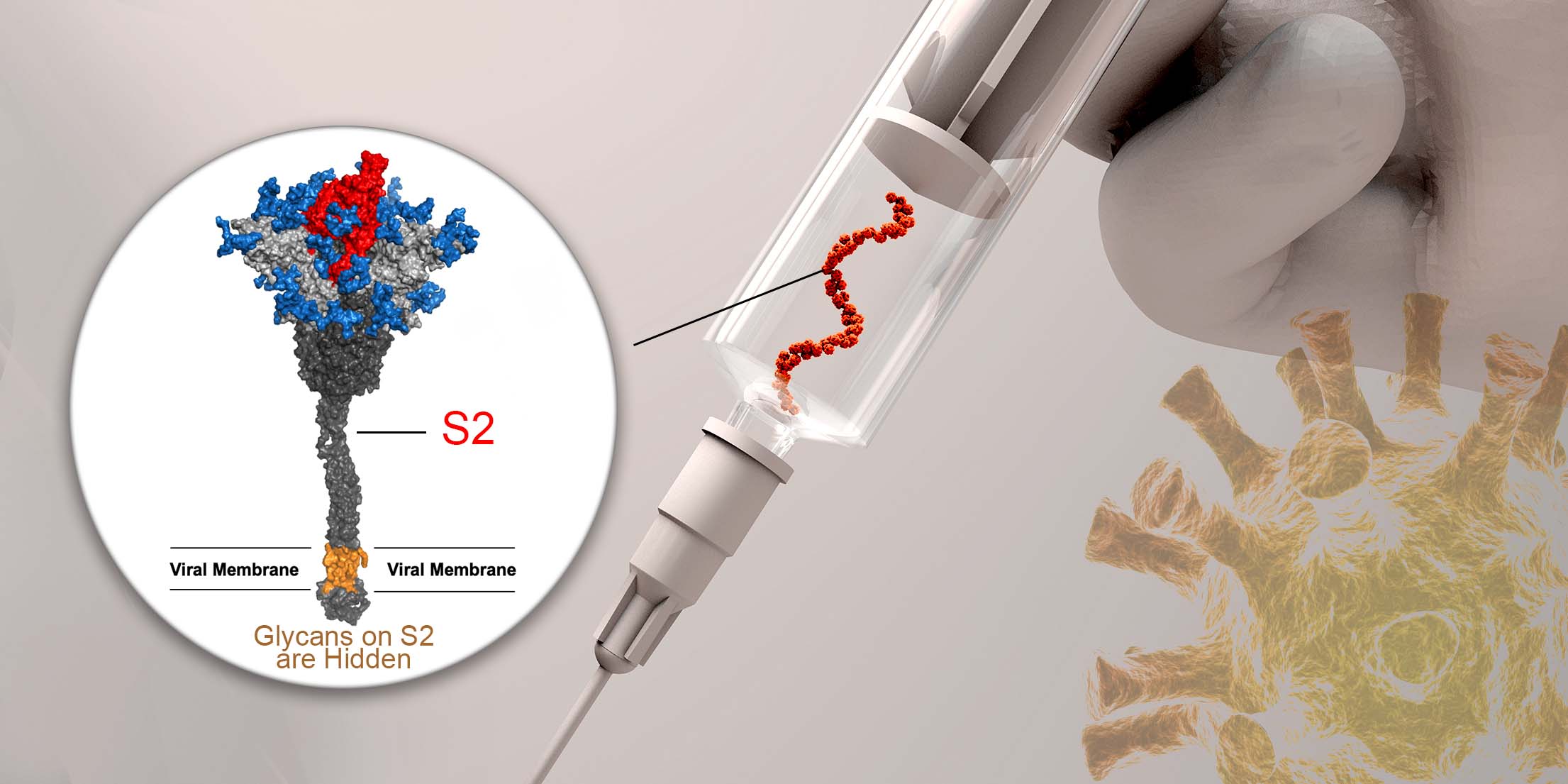Reactive Oxygen Species, aka. ROS, are naturally formed as our cells go through metabolism. They are also needed at times when our immune systems use it as weapons while performing duties. However, as we age or experience extreme environmental conditions, our body may accumulate too much ROS and create oxidative stress. Oxidative stress is believed to have tight relationships with many diseases. Therefore, the cell develops several antioxidant systems which have the chemical nature to modulate ROS and release cellular oxidative stress.
A collaborated team led by Dr. Wen Hwa Lee of Genomic Research Center, Academia Sinica, did a thorough genomics study and identified two antioxidant related genes, which are categorized in the glutathione peroxidase (GPx) family as GPx7 and GPx8, both without enzymatic property, yet proved effective acting as sensors to monitor ROS. The team has successfully proved in animal tests that by controlling ROS, diseases like Amyotrophic Lateral Sclerosis (ALS) and inflammatory bowel diseases can be treated. They also identified effective inhibitors that are promising for therapeutic uses.
In their studies, GPx7, short for “Nonselenocysteine-containing phospholipid hydroperoxide glutathione peroxidase”, aka. NPGPx, can help the motor neurons to resist the oxidative stress by boosting the O-GlcNAcylation so that motor neurons are not degenerated. Moreover, ALS patients showed significantly less GPx7 expression. GPx8, short for “Glutathione Peroxidases 8”, turned out can curb the inflammation in gut by limiting macrophages go wild inside the gut, diseases such as ulcerative colitis, colon cancers may derive from frequent inflammation in the gut.
The GPx7 study was conducted primarily by Dr. Yung-Lin Hsieh and the Ph.D student, Fang-Yi Su. At first, they spotted the GPx7 gene knockout mice were so weak and could hardly stand up to reach for the food, which rang the bell and pushed them to look into ALS. In collaboration with Dr. Li-Kai Tsai of National Taiwan University Hospital and Dr. Kai-Yun Chen of Taipei Medical University, the team observed that the expression of GPx7 in ALS patients is lower than that in unaffected adults, confirming the clinical significance of GPx7 in ALS.
From observing the GPx7 gene knockout mice, they found these mice were relatively weak at the age of 11 months, and ten percent of the mice developed hind limb paralysis. That age in mice can be projected as middle age in human. As time went by, these motor neuron-degenerated mice only had the median life-span for 15 months while regular mice have 2 – 3 years of lives. They also observed a 20% reduction of the spinal motor neurons in GPx7 knockout mice, and the tip of the neurons significantly shrunk so the muscles could not receive the signals, that explained the ALS symptoms.
When the cellular oxidative stress is raised, a protein modulation called O-GlcNAcylation is switched on for adapting the status. O-GlcNAcylation is a process that attaches an O-linked mono sugar (O-GlcNAc) to a protein molecule, and is modulated by two key enzymes, O-GlcNAc transferase (OGT) and O-GlcNAcase (OGA). OGT helps the protein glycosylation, while OGA works in an opposite way by removing the O-GlcNAc from the protein molecule. Therefore, these two enzymes maintain the homeostasis of cellular O-GlcNAcylation in normal cells. In collaboration with Dr. Chun-Mei Hu, the team found that GPx7 acts as a sensor in monitoring ROS. When GPx7 senses the ROS, it transfers the oxidative signal to OGA and interact with OGA for limiting its enzymatic activity. The mice without GPx7 has the OGA process unleashed and eventually caused the motor neuron degeneration. The group further treated the aged GPx7 knockout mice with an OGA inhibitor called Thiamet-G (TMG), trying to improve their mobility. After three months of the treatment, these mice showed an increase in O-GlcNAc levels, rescued numbers of healthy motor neurons, and the tip of the neurons were repaired.
Team members are excited not just because of their GPx7 finding, but also due to the successful creation of a diseased animal model for studying the progression of motor neuron disease. In their study, an age-related degenerative disease can be conducted using the factors of ageing, oxidative stress, and glycosylation. By this way, a model that mimics aging of human bodies can be used to uncover the cause of ALS pathogenesis eventually.
Meanwhile, Dr. Jye-Lin Hsu, a team member as well as an assistant professor from the Development Center for Immunology of China Medical University, explored GPx8. She pointed out that since there are abundant of bacteria inside human gut, we rely on our immune system to tell the good from the bad. Upon recognizing the bad ones, a series of immune responses would be inflicted, and infections are the necessary results. Usually, long term infections in the gut lead to severe ulcerative colitis, Crohn's disease, or even colon cancer.
“Our immune system is a sophisticated and cleverly designed system“, commented Dr. Hsu, “There are numerous check points that can be triggered or turned off so that proper combats can be initiated or stopped in order to perform proper protections”. As a result, the team found out GPx8 plays a role as the sensor to stop the operations.
They also conducted animal tests and identified two inhibitors, one can remove excess free radicals, and the other one curb caspase-4. Both proved effective in calming the inflammations, and show potential for clinical trials.
Gut problems and motor neuron degenerations are all characteristics of aging. Therefore, it appears aging cells are more vulnerable to oxidative pressures. The existence of GPx enzymes may be the key to the solutions. Dr. Chun-Mei Hu, a team member who participated both studies, mentioned that, with their established models, the group looks forward to more findings and cures for age-related diseases.
- The research paper of GPx7 can be read online at the Cell Reports Journal website: https://www.cell.com/cell-reports/pdf/S2211-1247(19)31367-1.pdf
- The research paper of GPx8 can be read online at the EMBO Molecular Medicine Journal website: https://www.embopress.org/doi/epdf/10.15252/emmm.201809386




